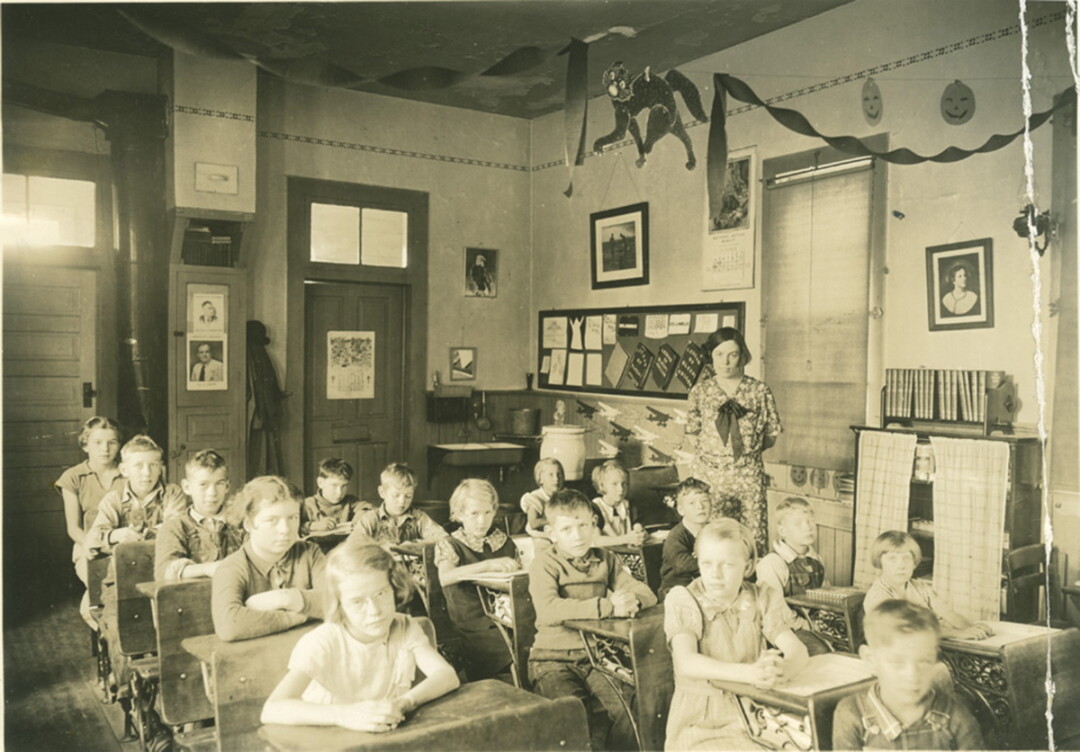Back to School ... Old School, That Is

In the 1920s and 1930s, some 6,500 one-room country schools dotted the landscape of Wisconsin, including 85 in Eau Claire County alone. Sunnyview School, which served children for nearly 80 years from 1882-1961 in the Town of Washington south of Eau Claire, is now preserved on the grounds of the Chippewa Valley Museum in Carson Park.
What was life like at Sunnyview School when it opened to serve the youth of the countryside south of Eau Claire? Students in grades one through eight attended the school, which was located at the southwest corner of the junction of County Highways F and II, beginning their day at 9 a.m. in the morning and going until about 4 p.m. in the afternoon. Walking to school was the most common way kids got to school over the decades as many lived within just a mile of the school.
A single teacher taught all eight grades, split into twenty class sections, and because the children were all in the same room they could “learn ahead” by listening in on lessons for older children, or “catch up” by listening to lessons they had heard in the past. With so much happening in one room, a main lesson was learning to concentrate on one’s own work.
Given there were often no more than two dozen children in the classroom, they could get some individual attention from the teacher appropriate to their abilities, regardless of age or grade level.
Kids could also learn from and teach each other while their teacher was busy with lessons for other children.
The many class subjects included arithmetic, reading, language and social studies, writing or drawing, geography, spelling, history, and agriculture. Music education, often singing, consisted of mostly patriotic songs. An important addition in many schools was a pump organ, which was also used for Christmas festivities.
In order for a one-room school to function on a daily basis, especially without electricity or running water, the students were expected to break from their educational pursuits to help with regular chores. With such bitter cold winters, and the need to cook lunch, the woodstove was the central feature of the school, and for survival. It is perhaps no surprise that if one wishes to enter the school today, it is only open during warmer months of the year.
Whether it was providing wood for the stove, or shoveling the school out after a snowstorm, the community members surrounding the school were critical to its care and upkeep over the decades.
As a community gathering place for town meetings, picnics, 4-H clubs, and even wedding receptions, it was a true community center well beyond the school day.
Sunnyview School continues to serve as a community gathering place for all ages, serving as a site for hands-on learning. A visit inside the school is included with admission to the Chippewa Valley Museum in Carson Park, and the school and the entire museum will be open free during the Fourth of July Fun Fair, where visitors to the school can compete in a local trivia challenge or an old-fashioned spelling bee.
Learn more: www.cvmuseum.com




















